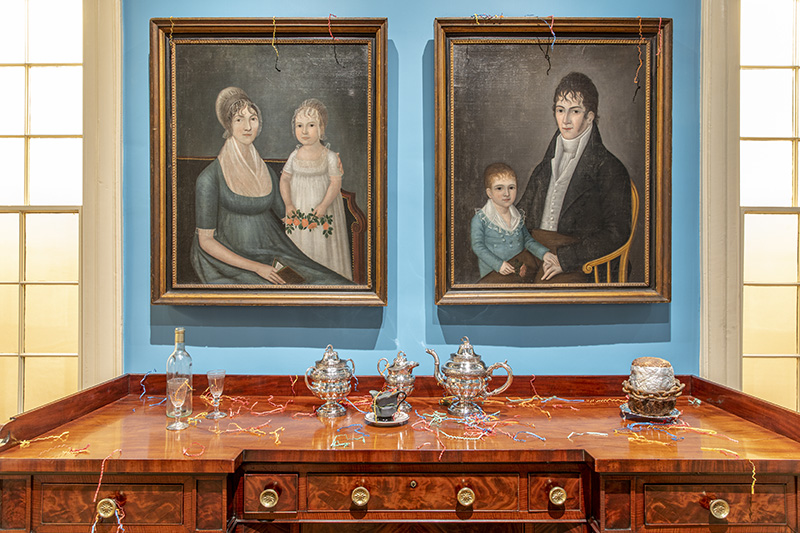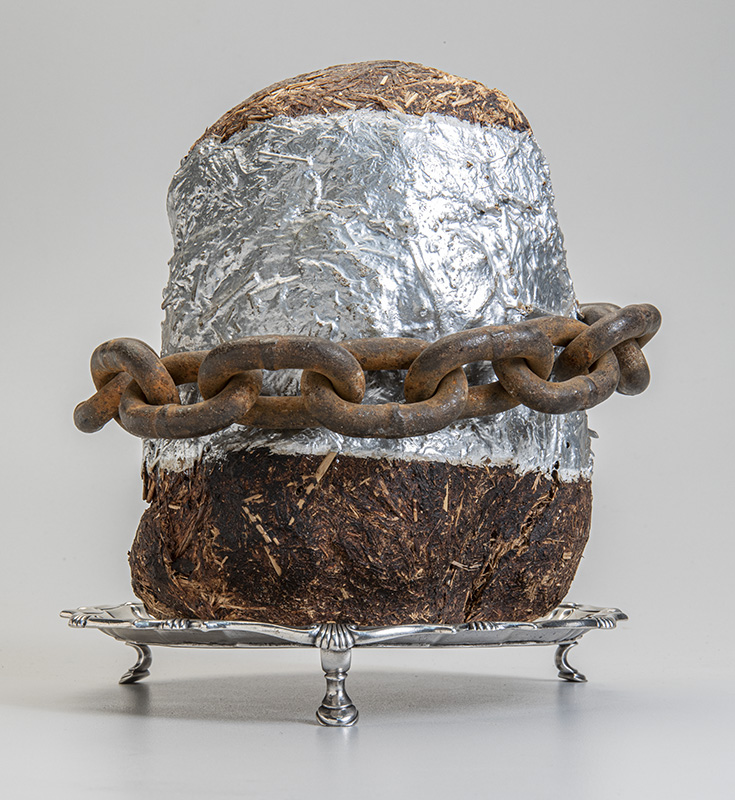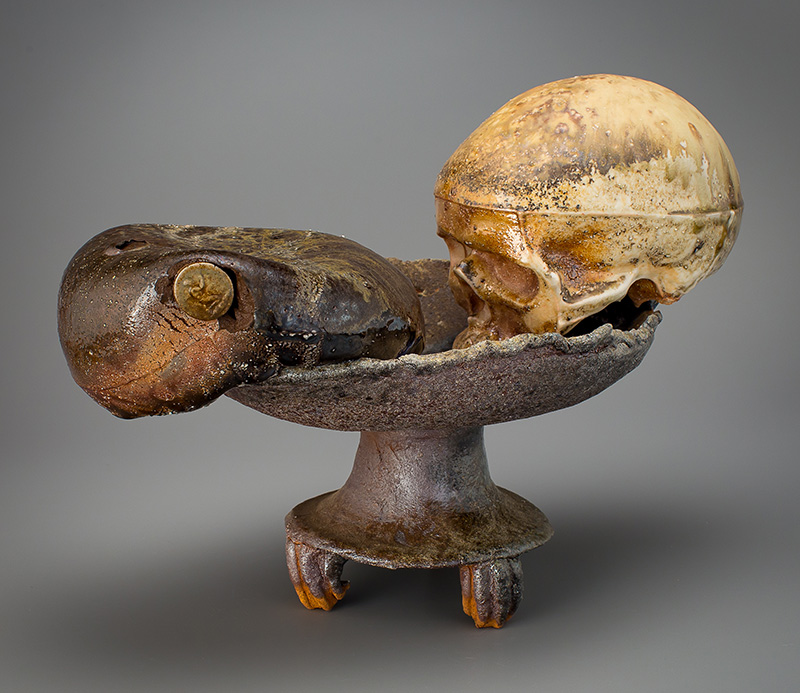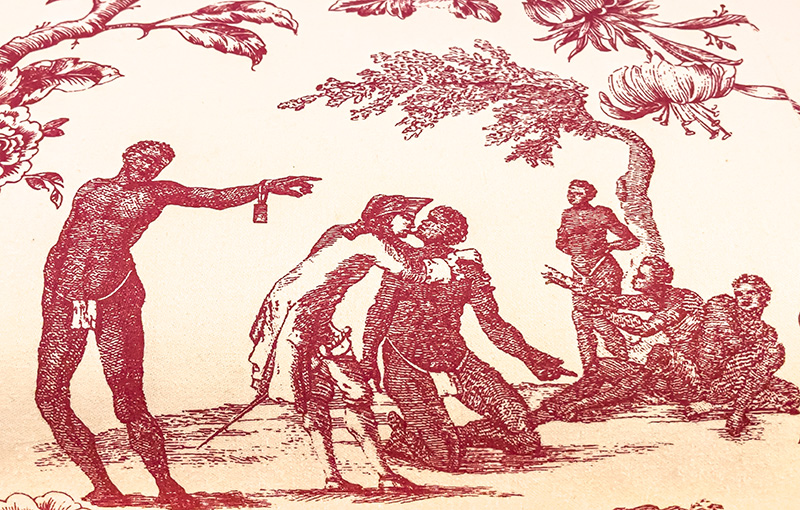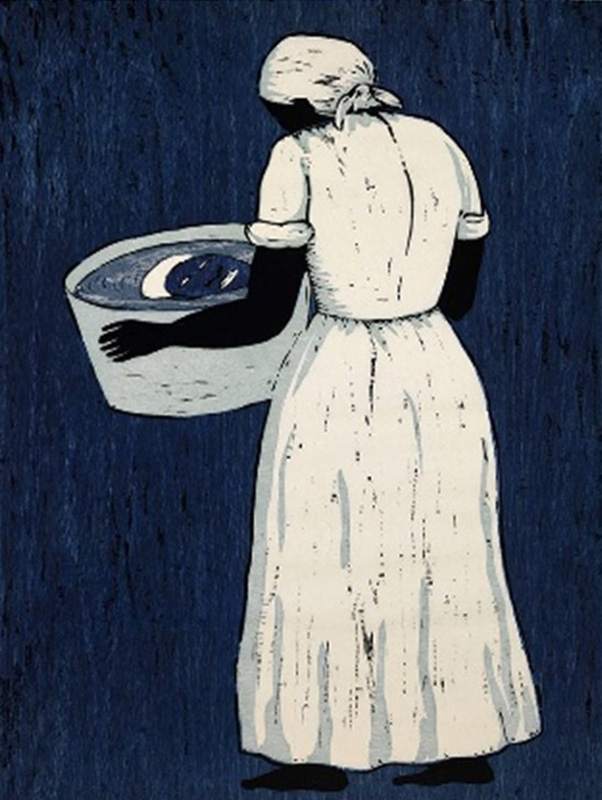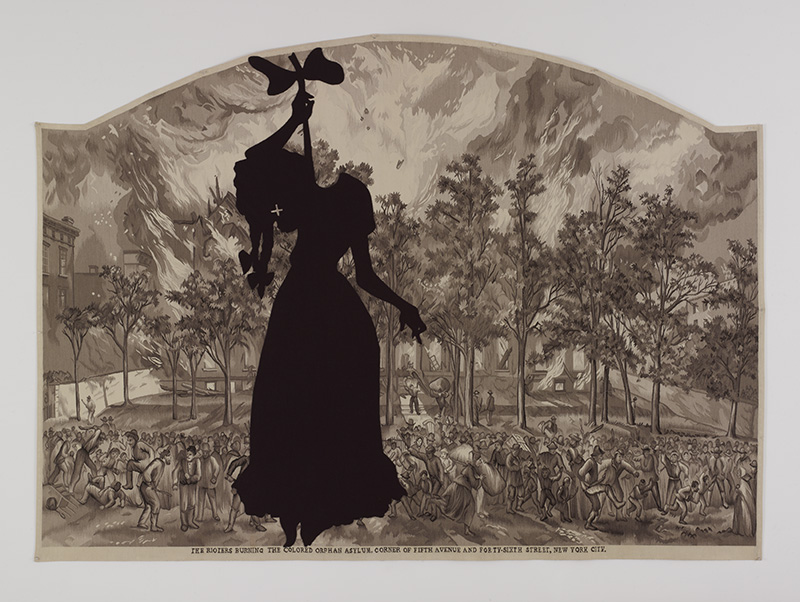MESDA’s House Party Exhibition
Names of 135 People Enslaved by Thomas and Catherine Porcher on White Hall Plantation, Berkeley County, SC, 1843
DICK SUSEY ZACARIAS PATTY SYE SANDY SILVIA JIM CAIN JOHN MARCH HARRIET JACK PHILLIS SABEY JUDY AUGUST BETSEY SABEY PETER NANCY SAMUEL SIMON HANNAH OLD MARY APRIL MILEY SCIPIO ADAM ANNETTE BINAH BECK MANUEL CORNELIUS BEN HANNAH GRACE JONAS EMMA NERO ADOLPHUS CATHERINE HORACE FANNY AMEY DAPHNE KATE COOTY TENNY DIANNA JANUARY MARIA TONEY NANNY PLENTY SAM JINNY PRINCE ROBI BETTY MIRANDA SHARLOW BELLA HERCULES MOLSEY JULIUS MINUS SUE ELLICK CRESIA SANDERS ANNY TRYCEE MELIA JULIET FLORA THOMAS ROBIN SILVIA OLD MOLLY PIERCE LUCRETIA ESSEX DORCAS JOHN MORRIS PEGGY STATIRA ROSE AFFEY CRESIA HECTOR HARRIET SOPHY ROBIN ELSEY DAVID POMPEY ISRAEL MOSES JEFFREY JIMMY JOSEPH TENAH CHARLES JACOB TINAH SAMSON JANE GABRIELLA URIS ISAAC WILLIAM BASSEY CLASS CELIA NELLY CLASS PHILANDER PAUL SAM GABRIEL CHARLEY MARCUS CATO ABEL CUDJO AUGUST SANCHO SIBBY ANTHONY NELLY HESTER BEN VENUS…
by Michael J. Bramwell
While I was preparing for House Party: R.S.V.P. B.Y.O.B., Jenny Garwood at the Museum of Early Southern Decorative Arts (MESDA) drew my attention to a period document that proved helpful with the conceptualization of this exhibition. It was a diary entry made by Miss Charlotte St. J. Ravenel while visiting the White Hall rice plantation in Berkley County, SC, in 1865. On Friday, March 10, she wrote: “We hear that one man asked Cousin Marianne to step out and take a dance, that they were on equality now.”1 Charlotte’s entry reflects the intense joy that must have been felt by this man when he realized that he was no longer enslaved by Thomas and Catherine Porcher. He was free and wanted to party. No sooner than I read these words, I knew there had to be a celebration of those who survived the great Maafa, a Swahili word for tragedy, one of the most traumatic and difficult periods in American history.
As fate would have it, MESDA preserved the original woodwork from the dining room at White Hall—carved by enslaved artisans—together with moldings, woodwork, and hand-painted wallpaper salvaged from a Georgia plantation. Most of the artists at MESDA’s House Party would have been excluded from the festivities hosted in this room in the 19th century, or otherwise reduced to a service capacity. But now, they bring gifts of textiles, ceramics, paintings, furniture, and sculptures as a way to celebrate their survival (figure 1). They bring their own bags of institutional critique as they interrogate the material and cultural legacies of enslavement, while commemorating their ancestors.
But there is more at stake at this party than having a good time. It is about engaging critically with inequities of power and violence that continue as material and cultural legacies within American decorative arts. Through a politics of interruption, the artists short-circuit business as usual in this recreated space of comfort and leisure, which makes fine dining virtually impossible.
Whether one was an enslaved domestic tidying up the lifestyles of the rich and famous in colonial Georgia or an enslaved carver or carpenter finishing the interior woodwork on the Porcher’s Lowcountry plantation, the trouble with being born Black and enslaved prior to 1865 was the built-in existential crises of violence and servitude. This difficult history is often overlooked by interpretative strategies that focus on the beauty and refinement of decorative art, to the exclusion of implicated histories. Much of the wealth produced in colonial America and the Antebellum period was achieved through the labor of enslaved people, including artisans from weavers to silversmiths, furnituremakers to potters. House Party offers an opportunity for audiences to examine the plantation and its afterlife, while providing new strategies for museum interpretation that advance the still-incomplete project of freedom.
There are important continuities between the afterlives of plantations and our current moment in American history. House Party mobilizes an object-driven approach to material culture that overmines the lives of enslaved makers. By inviting artists to look past the blinding opulence of the dining room, they can see what it discloses about violence, inequality, and other palimpsests of oppression. This contact zone of leisure and comfort is read against the grain to revalue African diasporic history and make it visible once again. Through interpretative attention to the finely crafted furniture, woodwork, and scenic wallpaper, this small-yet-powerful exhibition carves out a space for the ethical reflection within the decorative arts.
House Party: R.S.V.P. B.Y.O.B. cites history the way one might sight the stars, in a constellation of meaning that is relevant to our time as a vanishing point. David Hammons, a cultural general of the art world, rides in like Hannibal on his African war elephants, leaving symbolic “droppings” of wisdom in his wake (figures 2 and 3). His intentional crudeness and indecorum critique the high etiquette and Southern hospitality so valued by plantation elites and often mistaken for goodness.
Michelle Erickson (figure 4), Renee Green (figure 5), Alison Saar (figure 6), and Kara Walker (figure 7) deal with more difficult aspects of the master-slave dialectic of violence and servitude in domestic space. Within the palliative context of a decorative arts museum, Ms. Green reupholsters a chaise lounge, commonly associated with comfort and leisure, with a modern interpretation of French toile that depicts scenes of violence and makes it impossible to “relax” on this history (figure 1). Ms. Saar mobilizes the folk and self-taught art aesthetic in her colored woodcut (figure 6) which symbolizes the invisibility and erasure of enslaved laborers—cooks, butlers, nurse maids, carpenters, carvers, coopers, joiners, teamsters, carriage drivers, seamstresses, wheel rights, and fancy maids—that shape the obscenities of southern comfort. She offers a washtub as a tool of labor of a worn-down, domestic servant who is unnoticed despite her vital role in the household. Theaster Gates, Erickson, Holley, and Todd Johnson all mobilize the American craft tradition, as a nod to the enslaved carpenters who finished the woodwork in White Hall dining room.
Their collective contributions create a raucous and thought-provoking party. House Party: R.S.V.P. B.Y.O.B. shows at MESDA through August 17, 2022, and was made possible by generous grants from the Chipstone Foundation, Wunsch Americana Foundation, and Jessie Ball DuPont Foundation.
- Susan R. Jervey and Charlotte St. J. Ravenel, Two Diaries from Middle St. John’s, Berkeley, South Carolina, February–May, 1865. Electronic Edition, Academic Affairs Library, University of North Carolina at Chapel Hill, 1998: https://docsouth.unc.edu/fpn/jervey/jervey.html.
Michael J. Bramwell is a visual artist, PhD candidate in the Department of American Studies at the University of North Carolina at Chapel Hill, and the Joyce and Edward Linde Curator of Folk and Self-Taught Art at the Museum of Fine Arts, Boston.
A print version of this article was published in The Magazine of the Decorative Arts Trust, one of our most popular member benefits. Join today!


